
Heatwave of 41°C Causes Sudden Strokes in Healthy People: Doctors Warn of 7 Early Signs to Watch For
The rising temperatures of summer can often bring much-needed warmth, but when the thermometer hits 41°C, the situation can become dangerous. In recent years, the frequency of heatwaves has increased, causing serious health issues, including heat-related strokes. Interestingly, many healthy individuals suddenly find themselves experiencing a stroke due to extreme heat. According to doctors, certain early warning signs can appear long before a stroke actually occurs. In this article, we will discuss the risks of extreme heat and highlight the seven early symptoms that people should be aware of to avoid stroke during intense heat.
The Dangers of Extreme Heat
Heatwaves, especially those reaching temperatures as high as 41°C, put immense stress on the human body. When the body is exposed to extreme heat, it tries to cool itself down by sweating and increasing blood flow to the skin. However, in excessively high temperatures, the body’s ability to regulate temperature can become overwhelmed. As a result, the body can become dehydrated, blood vessels can dilate, and blood pressure can fluctuate, making it easier for a person to experience a heatstroke or even a stroke.
A stroke occurs when blood flow to the brain is disrupted, either due to a clot or a ruptured blood vessel. Extreme heat can exacerbate the risk factors for stroke by causing the blood to thicken and the heart to work harder. As a result, even people who are generally healthy and do not have underlying health conditions can be at risk during extreme heat.
7 Early Signs of Stroke During Extreme Heat
While strokes often occur suddenly, there are early warning signs that can help individuals detect a potential stroke before it becomes life-threatening. Being aware of these symptoms during a heatwave can make all the difference. Here are the seven signs to watch for:
1. Sudden Weakness or Numbness
One of the first signs of a stroke is sudden weakness or numbness, especially on one side of the body. If you experience an inability to lift one arm, or if one side of your face feels droopy or weak, this could be a warning sign that a stroke is on the way.
2. Severe Headache
A sudden, intense headache, often described as the worst headache of your life, can be an indicator of a stroke. Heat-induced dehydration or changes in blood flow can trigger a sudden headache that feels different from your usual headaches. If the headache is accompanied by other symptoms, it’s important to seek medical help immediately.
3. Dizziness or Loss of Balance
Extreme heat can cause dizziness and loss of balance, making it difficult to walk or stand. This symptom can be an early sign that the body is struggling with heat, and it can sometimes precede a stroke. If you feel dizzy and unsteady, it’s essential to rest and hydrate, and if the symptoms persist, consult a doctor.
4. Blurred or Double Vision
Vision problems such as blurred or double vision are common signs of a stroke, and they can be exacerbated by the effects of extreme heat. If you suddenly experience difficulty seeing clearly or notice that objects appear doubled, it could indicate that you are at risk for a stroke.
5. Slurred Speech
Slurred speech is a classic symptom of a stroke, and it may become more pronounced in extreme heat. If you notice that you’re having difficulty speaking clearly or that your words are slurred, it’s crucial to seek medical help immediately.
6. Confusion or Difficulty Understanding Speech
Extreme heat can lead to confusion, disorientation, or difficulty understanding what others are saying. This can be a sign that your brain is not receiving enough oxygen or nutrients due to a stroke. If you experience mental fog or confusion, it’s vital to stay cool and hydrated and seek assistance if the symptoms worsen.
7. Chest Pain or Shortness of Breath
While chest pain and shortness of breath are typically associated with heart attacks, they can also be warning signs of a stroke, especially during a heatwave. Heat stress can increase the workload on your heart, leading to discomfort or difficulty breathing. If you experience chest pain or struggle to catch your breath, get medical help immediately.
How to Protect Yourself from Heatstroke and Stroke
While it’s important to watch for these early warning signs, it’s equally important to take preventative measures during extreme heat. Here are a few tips to stay safe during a heatwave:
-
Stay Hydrated: Drink plenty of water throughout the day to prevent dehydration. Avoid alcohol and caffeine, as these can contribute to dehydration.
-
Avoid Direct Sun Exposure: Stay in cool, shaded areas, especially during the hottest parts of the day (usually between 10 AM and 4 PM).
-
Wear Lightweight Clothing: Wear loose, breathable clothing to allow your body to cool down naturally.
-
Take Cool Showers: A cool shower can help lower your body temperature and provide relief from the heat.
-
Rest Regularly: Avoid strenuous activities during extreme heat, and take frequent breaks to cool down and hydrate.
Conclusion
Extreme heat, especially temperatures reaching 41°C, can lead to sudden strokes, even in healthy individuals. Being aware of the early warning signs—such as sudden weakness, severe headache, dizziness, blurred vision, slurred speech, confusion, and chest pain—can help prevent serious health complications. It’s important to take the necessary precautions to protect yourself from heat-related illnesses. If you experience any of the warning signs mentioned above during a heatwave, seek medical help immediately. By staying cool, hydrated, and aware of your body’s signals, you can minimize the risks of heat-related strokes and stay safe during the hot summer months.
News in the same category

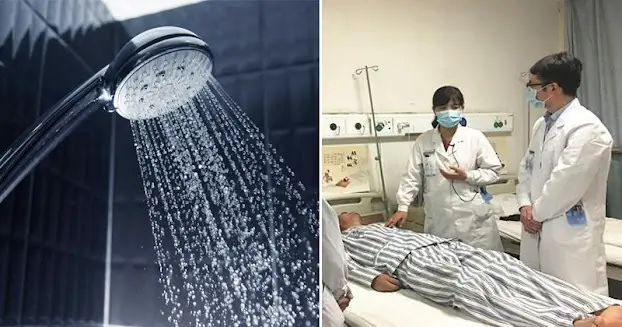
7 Things Not to Do Before Taking a Shower to Avoid Stroke – 2 Common Mistakes People Often Make

Bitter Taste In Your Mouth Discover Most Common Cause
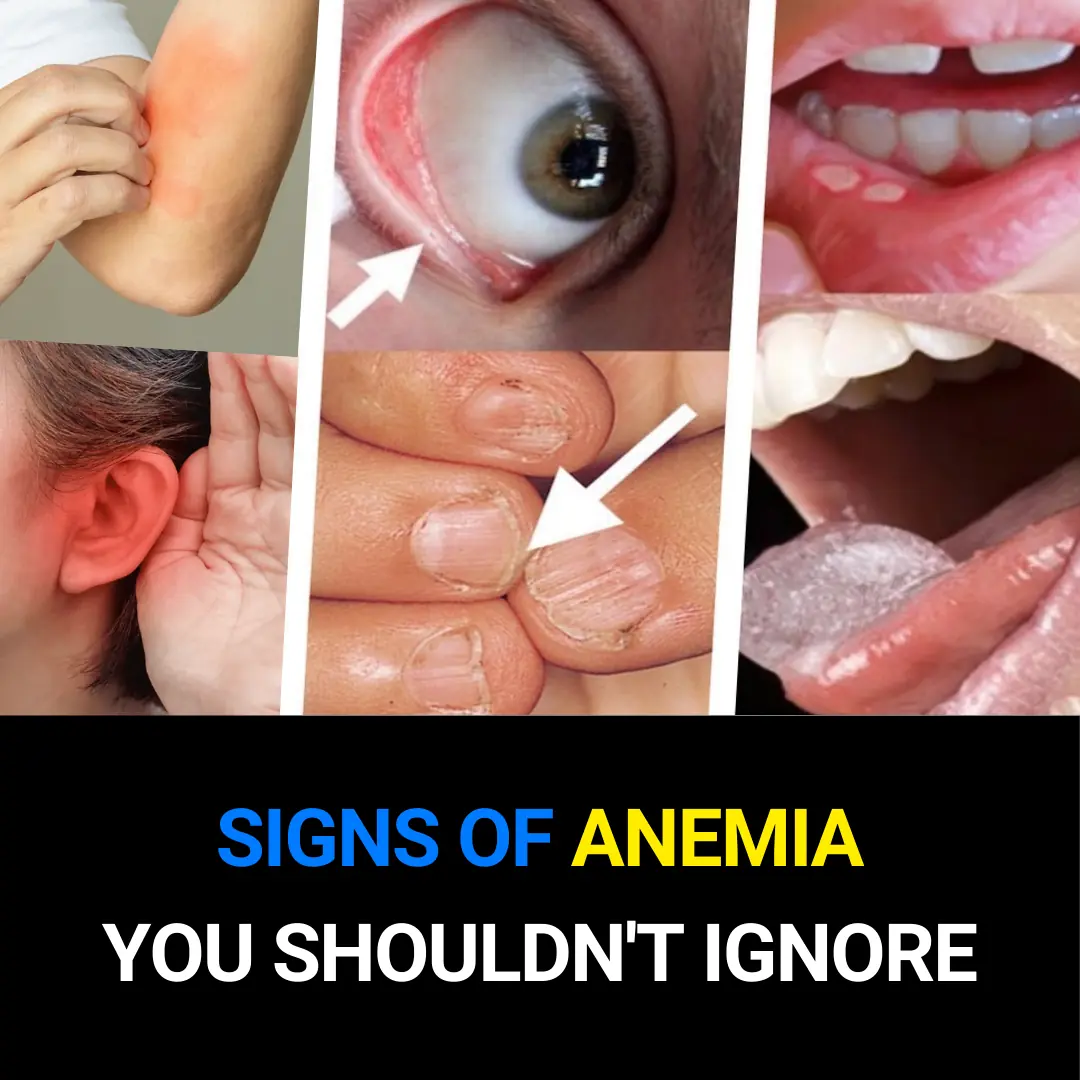
Silent Symptoms of Anemia You Should Never Ignore

The Impressive Health Benefits of Guava Fruit and Leaves

Molasses 101: Types, Proven Benefits, Uses, and More

The Psychological Meaning of Leaving Dirty Dishes
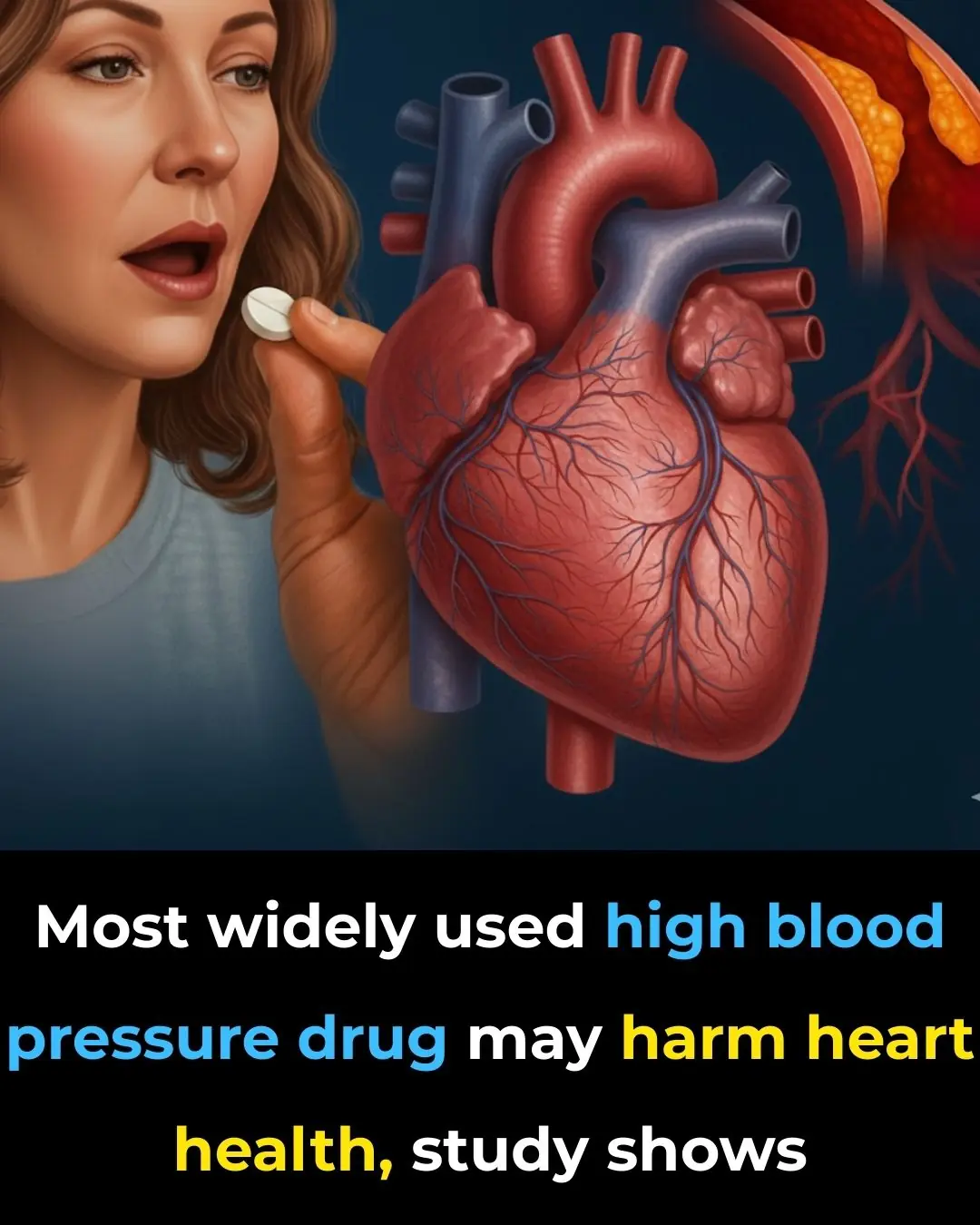
Most Widely Used High Blood Pressure Drug May Harm Heart Health, Study Shows
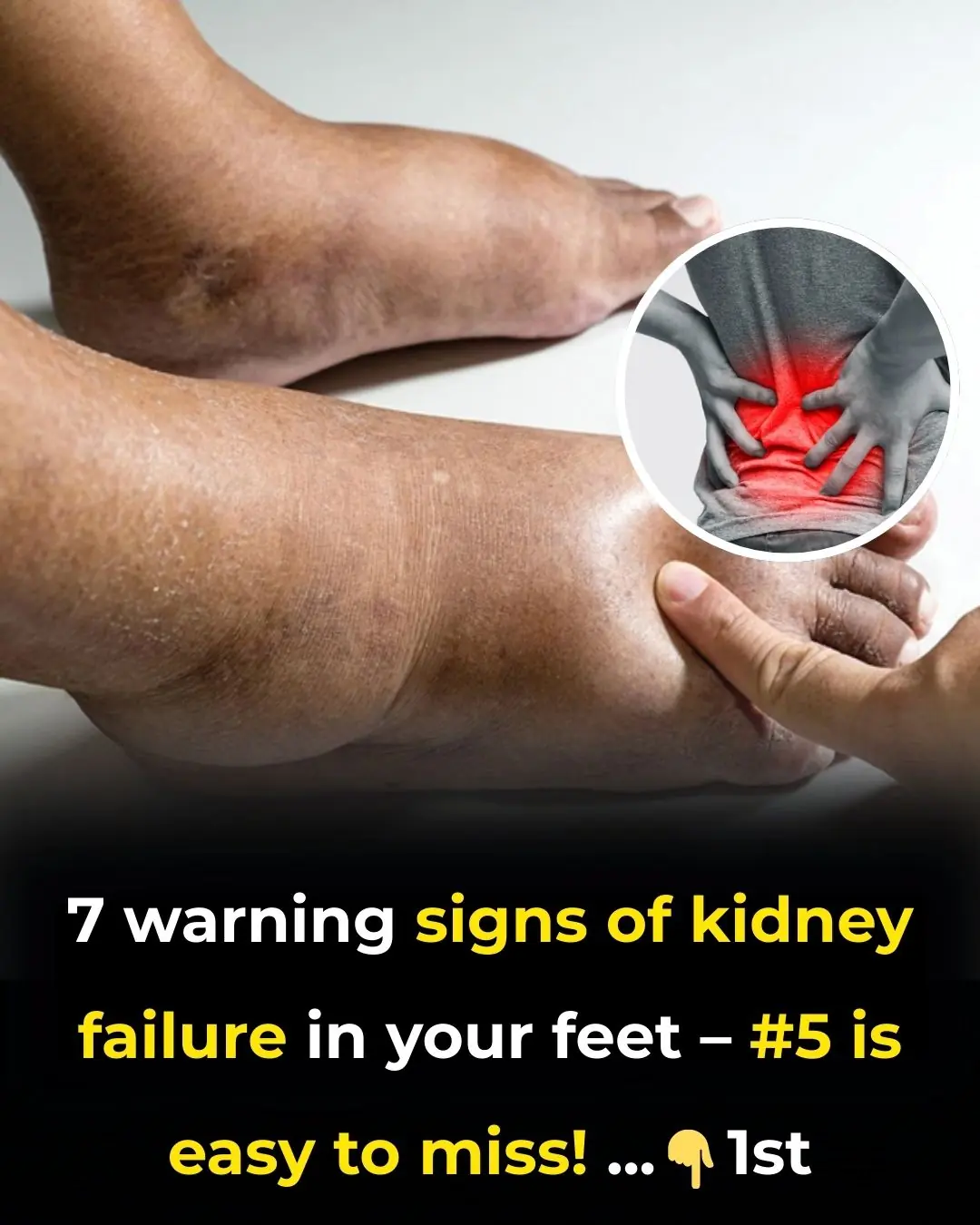
7 warning signs of kidney failure in your feet – #5 is easy to miss!
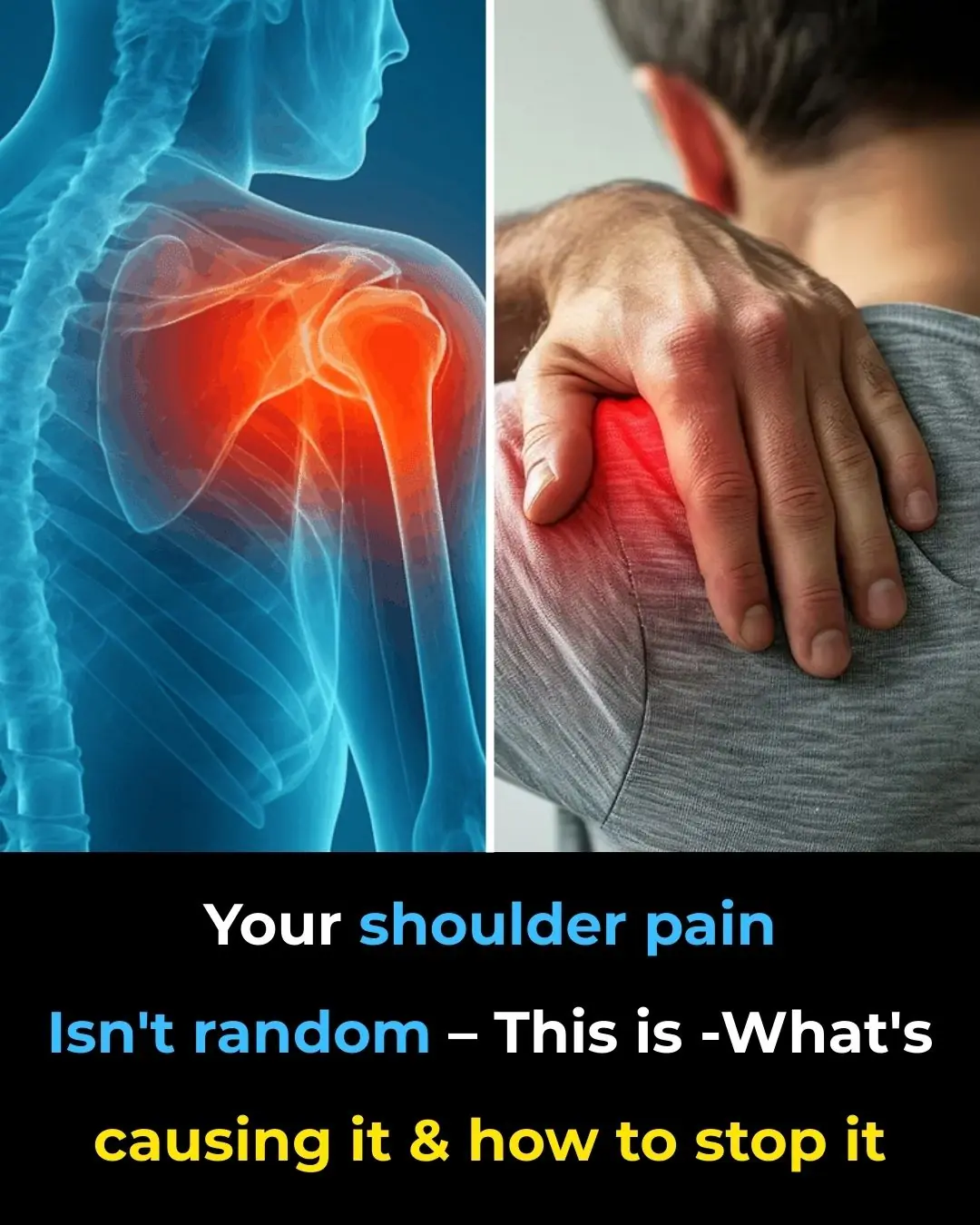
Shoulder Pain from Sleeping: Causes, Solutions and More
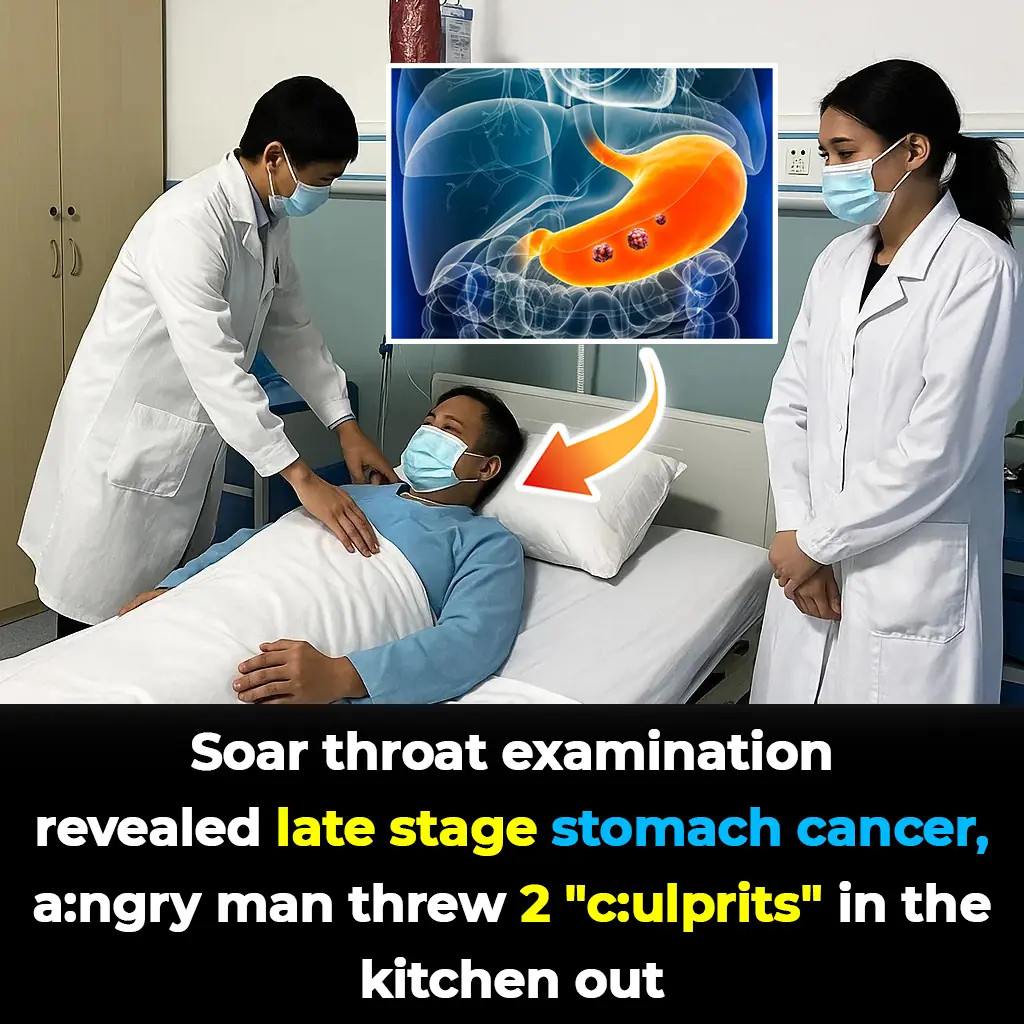
Teacher Shocked by Stage 4 Stomach Cancer Diagnosis After Mistaking Sore Throat for a Common Cold – 2 Kitchen "Culprits" Exposed
A sore throat may seem like nothing more than a seasonal annoyance, but sometimes it hides something far more dangerous. That was the devastating reality for a retired teacher in Taiwan who thought his discomfort was due to cold weather—until doctors re

50-Year-Old Man Dies After Eating Leftovers: 5 Foods You Should Never Keep Overnight
Leftovers may seem harmless, but in some cases, they can turn into hidden health risks. A tragic case has recently drawn attention to how certain foods, when stored improperly or left too long, may lead to life-threatening consequences.
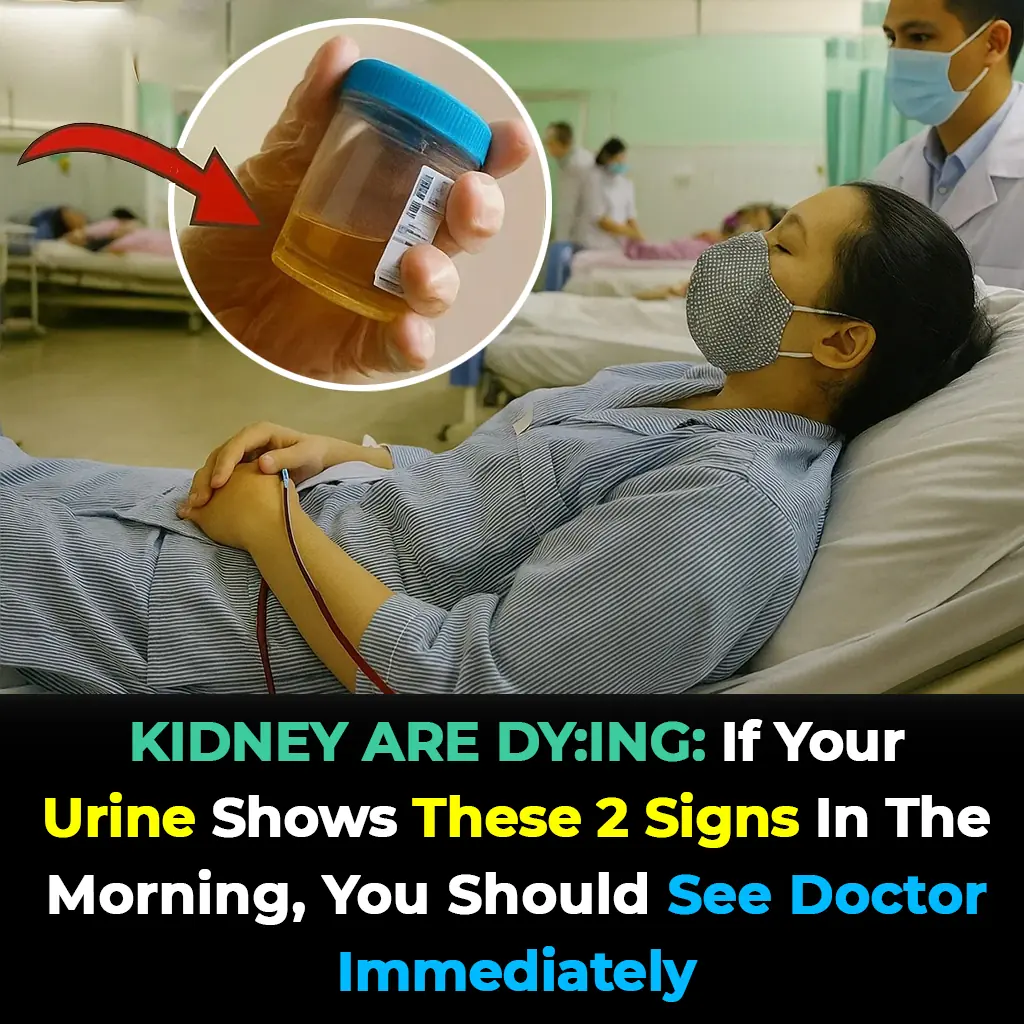
3 Morning Urine Signs That Could Signal Silent Kidney Trouble – Don’t Ignore Them
Protecting your kidneys is about more than preserving the urinary system—it is about safeguarding your energy, your heart, and your long-term health.
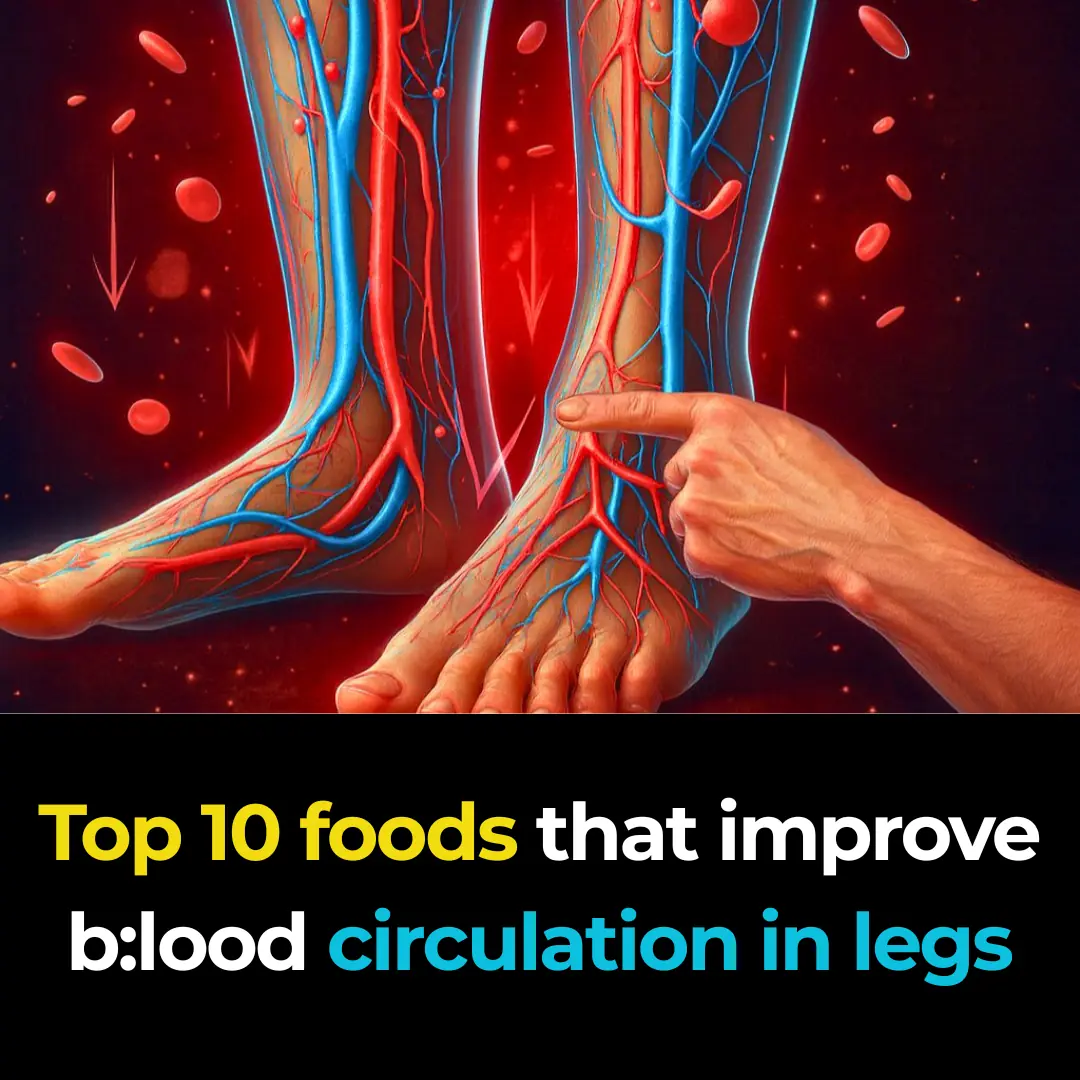
Top 10 foods that improve blo:od circulation in legs
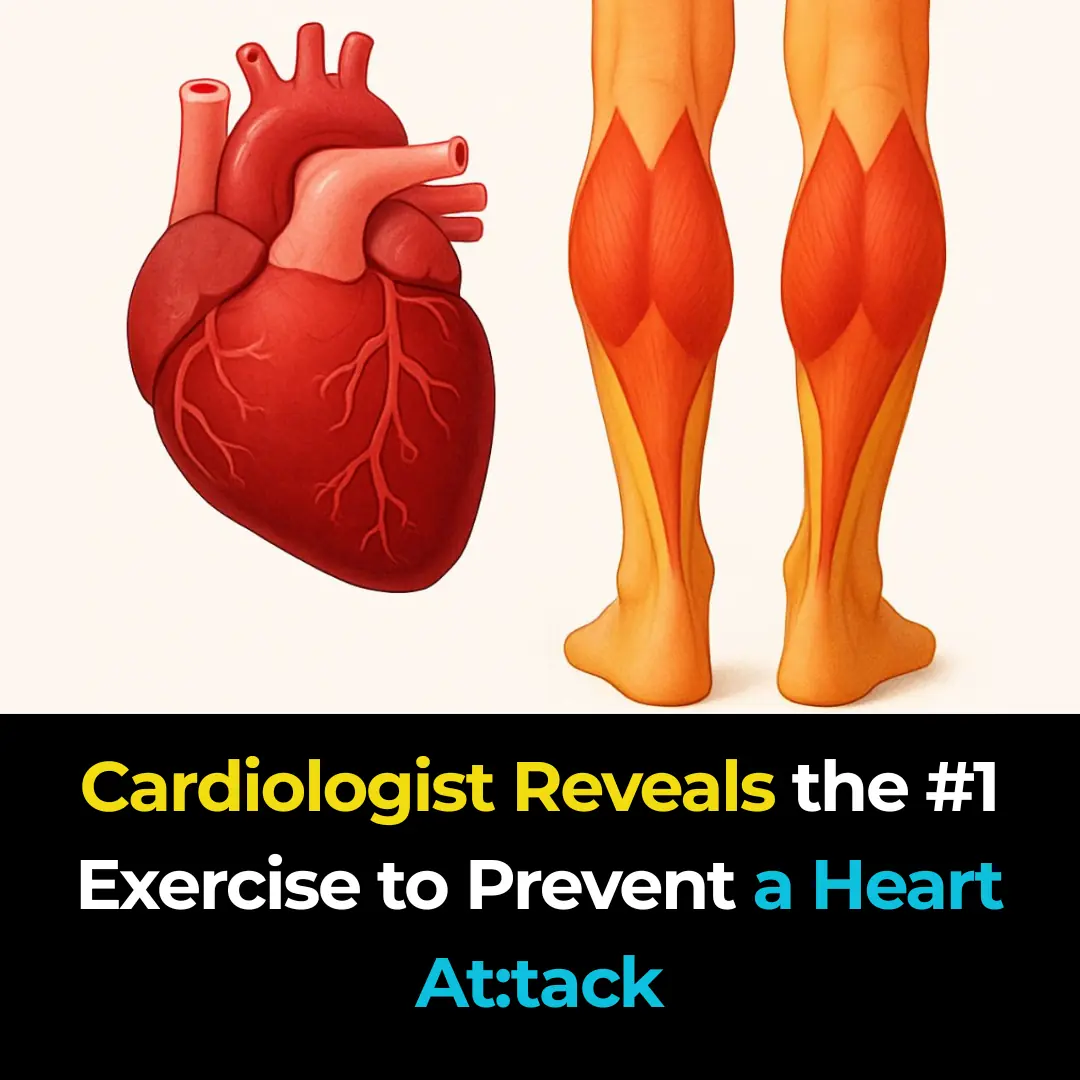
Cardiologist Reveals the #1 Exercise to Prevent a Heart Attack

Doctors prescribe LEVOTHYROXINE—but here’s what they don’t tell you

Claim: a juice regimen reportedly cleared can:cer cells in 42 days

Woman Endures Years of Swollen Foot Before Doctor Reveals Shocking Cause
News Post

Apple fans divided as key component is axed from new AirPods Pro 3

Easy way to activate iPhone secret 'red mode' that users are just discovering
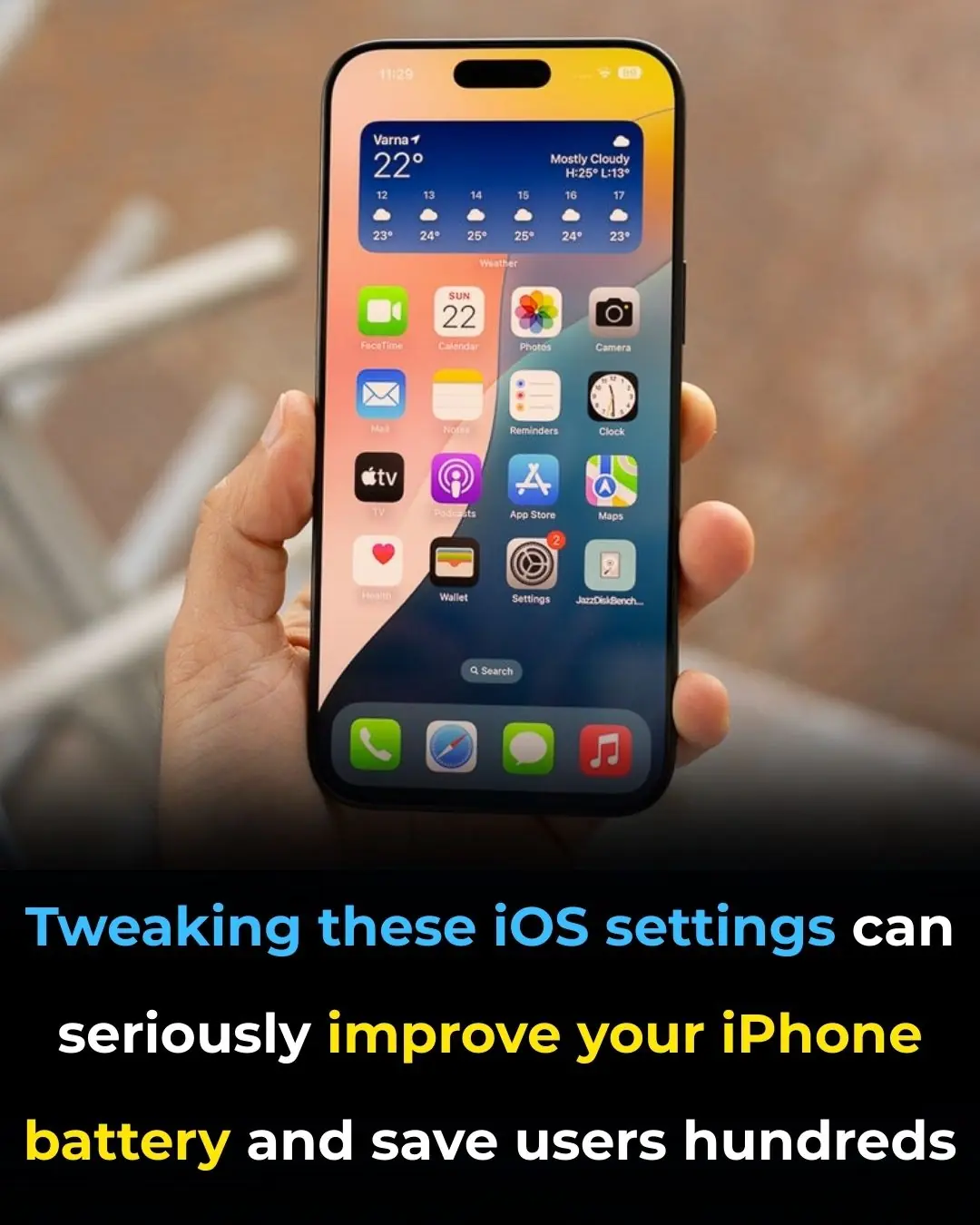
Tweaking these iOS settings can seriously improve your iPhone battery and save users hundreds

Equal Day, Equal Night: The Autumn Equinox Arrives
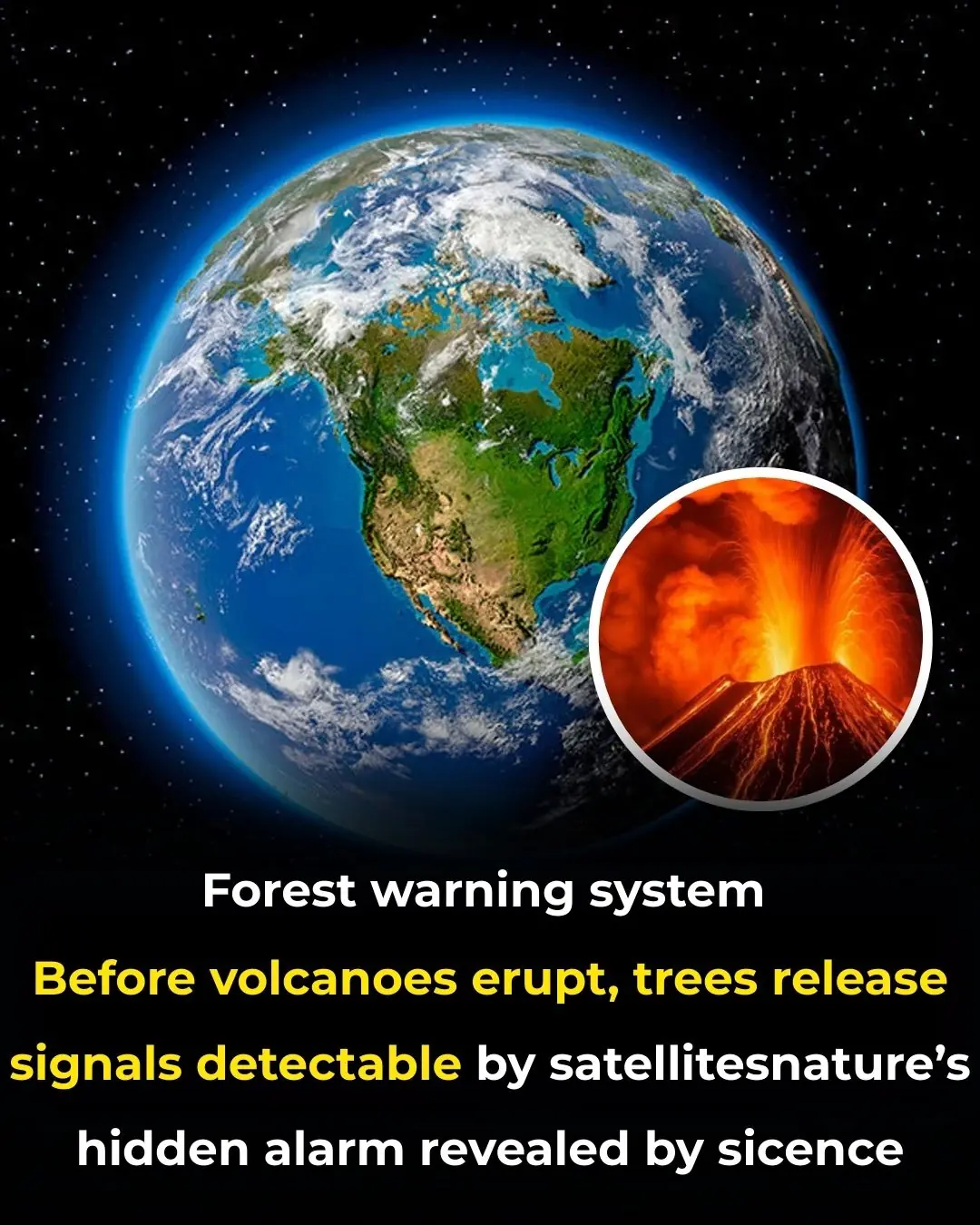
Trees Can Warn Us Before Volcanoes Erupt, Scientists Reveal

The Silent Disease That Easily Leads to Liver Cancer: Many People Have It but Remain Unaware
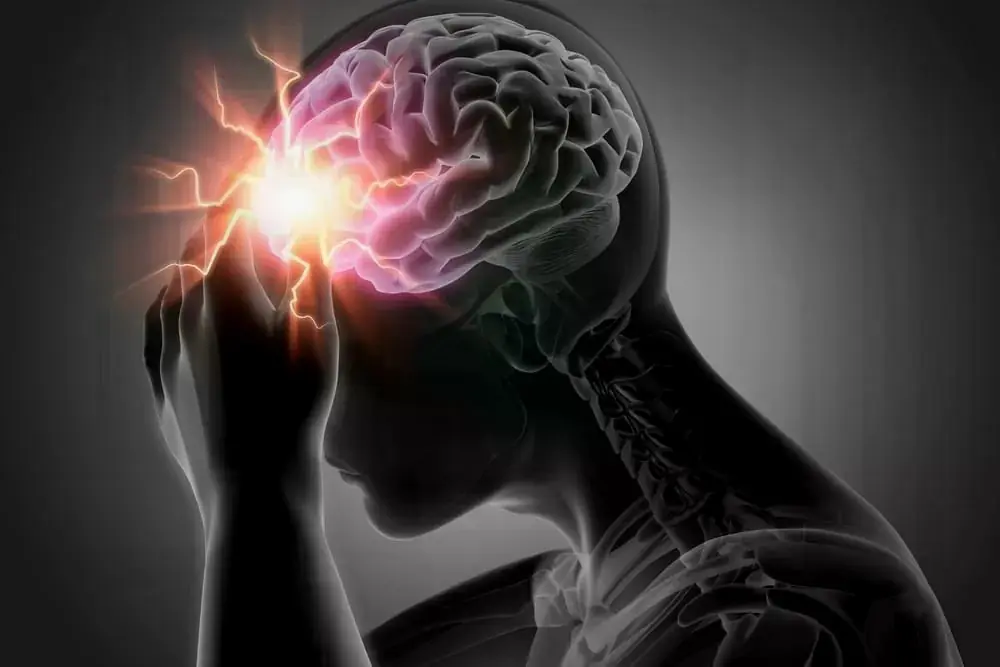
Is It Safe to Take a Cold Shower After Exercising in the Summer? What Doctors Say About Who Should Avoid It to Prevent Stroke

7 Things Not to Do Before Taking a Shower to Avoid Stroke – 2 Common Mistakes People Often Make

Bitter Taste In Your Mouth Discover Most Common Cause

Silent Symptoms of Anemia You Should Never Ignore

The Impressive Health Benefits of Guava Fruit and Leaves

Molasses 101: Types, Proven Benefits, Uses, and More
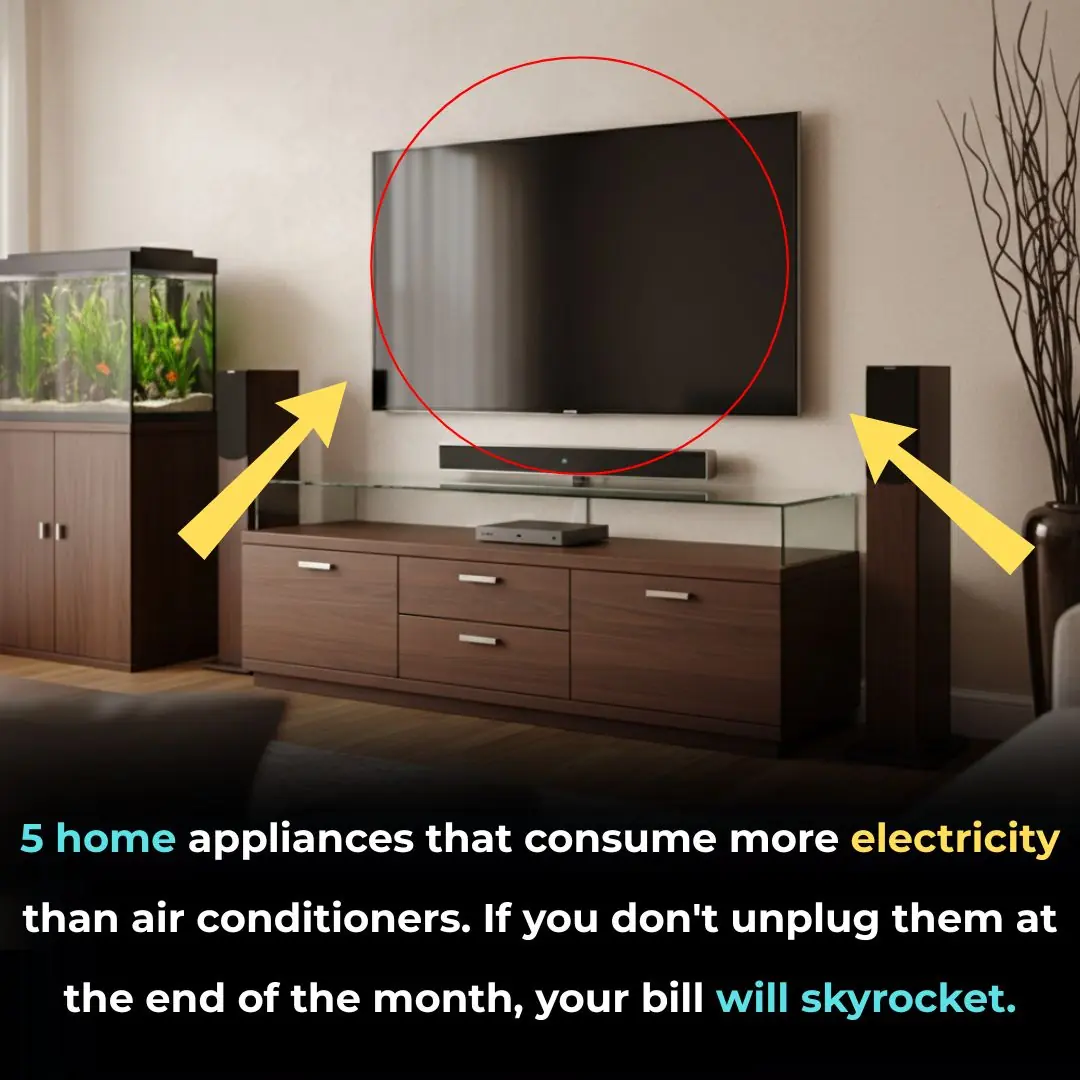
5 home appliances that consume more electricity than air conditioners. If you don't unplug them at the end of the month, your bill will skyrocket

What is black vinegar? Nutritional value and uses of black vinegar

How to make fish mint juice that is not fishy, easy to drink, helps slim body, whiten skin

A plant with a distinctive aroma: Both a spice and a 'miracle drug' for health

Take 1 ice cube and drop it into the rice cooker: A great use that every family wants to follow.

How to make banana vinegar with just 4 simple ingredients, you will have a delicious finished product
